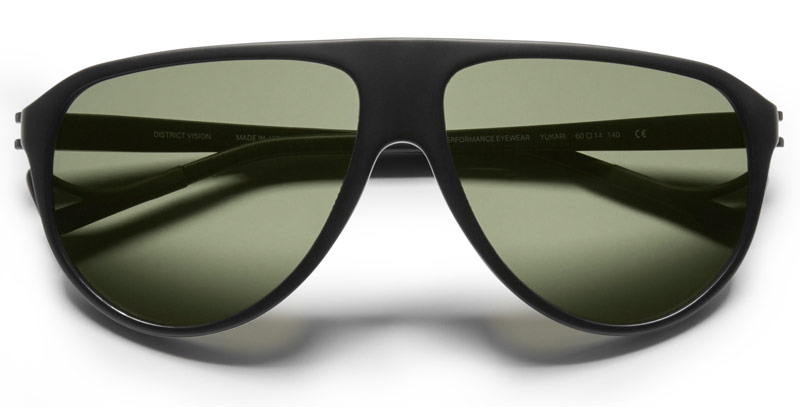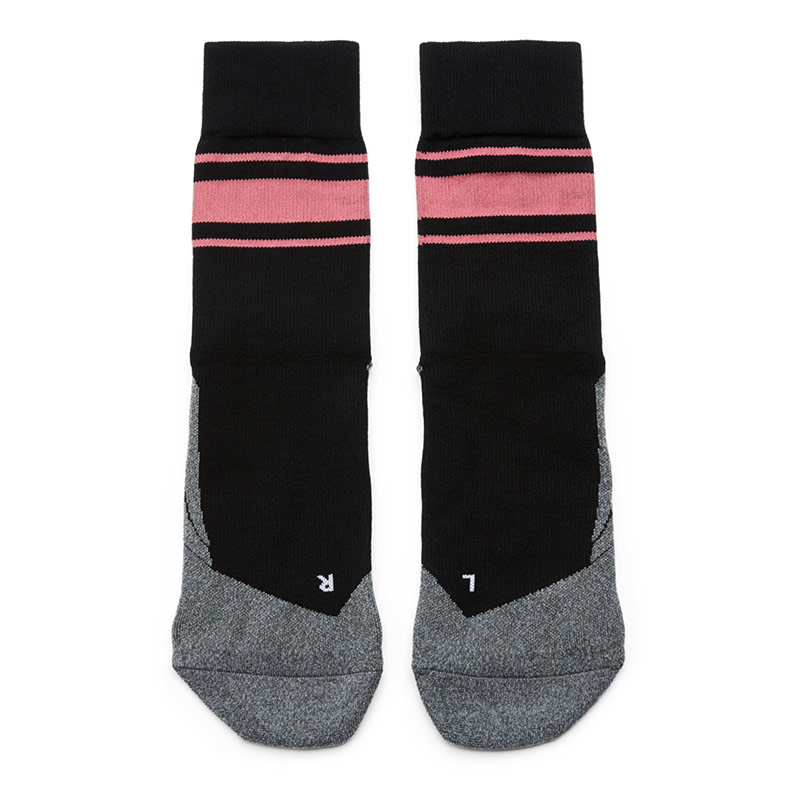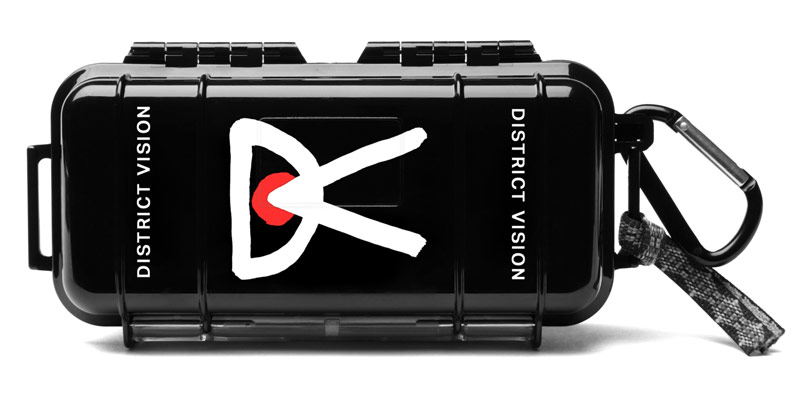From Issue Six of Gear Patrol Magazine.
Discounted domestic shipping + 15% off in the GP store for new subscribers.
A
t the intersection of meditation and running you’ll find Tom Daly and Max Vallot, two men with fashion backgrounds who fell in love with running and created District Vision — a brand known for making superlative, fashion-forward running sunglasses. Daly and Vallot met 15 years ago at business school in London. “We were the only ones with long greasy hair,” Vallot says. “I guess that’s how we found each other.”
The pair moved to New York City in 2009. Daly had followed a woman and Vallot had secured an internship. They followed similar career paths in fashion, at brands like Yves Saint Laurent and Acne Studios, but ultimately stepped away in search of creative license and a new challenge.
They launched District Projects, a creative agency that has worked with brands like Balenciaga and Nike, which they parlayed into the launch of District Vision in 2015. Their first product was the Keiichi, a Japanese-made, running-focused pair of sunglasses unlike anything else on the market. The line has since expanded to include seven unique designs.
Today, District Vision is expanding into books, launching interchangeable lens frames and working on a wearable designed to measure breath capacity. For a brand founded on eyewear, District Vision has vast plans with Daly and Vallot at the helm.
Q:
Where did the concept for District Vision come from?
TD:
Through a strange series of events, we were introduced to one of the oldest eyewear manufacturers in Japan, who is also a long distance runner. I went to Hawaii and ran the marathon with him and realized we all share this passion.
MV:
Around the same time, we realized that we’ve always been eyewear nerds and that there’s nothing interesting in sports eyewear. So it was a natural progression to try to address a need.
Q:
What does District Vision mean?
MV:
We went into [fashion] thinking it was the most creative thing we could do, and after six years we realized it was so far removed from creativity. We were frustrated. We started to see how people work in a place like Mexico City, where you have artisans sitting in shops making stuff, and you can buy it right there. Everything is so raw — it inspired us to do something. In Mexico everything is called distrito, the different districts, and we really got into the name. How can we apply this more holistic mindset and modern vision for active, conscious living to different districts?
Q:
What made you decide to get involved in the performance-running business?
TD:
I think when the community aspect of running became so clear, it felt like an exciting movement to explore. I started running with a team and exploring that [aspect] of New York. It kind of replaced nightlife, honestly. You can’t really go out partying [and run the next day], so it was that transition in life.
MV:
My journey came more from yoga and meditation. [Tom and I] used to run together in London. I naturally connected with runners, so we started exploring that intersection.
Q:
Where does the technology behind each frame come from?
TD:
The area we work with [in Japan] is famous for titanium construction, which we use in the frame [with nylon]. Anything that’s multimaterial with metals is really interesting. There’s a general approach to making product called kaizen, this concept of continuous improvement. Products play such a different role in your life in Japan — they really seek a different type of relationship with things they own.
Q:
Beyond technology, there’s a distinct style to District Vision frames that sets them apart from other performance sunglasses. Why is the styling so different?
MV:
We always think of functionality first, but equally we want the design and aesthetic to be as simple and streamlined as possible. Other sports eyewear is heavily branded, so we decided to go the other way and keep it really understated.
Q:
Where do you find the inspiration for new frame styles?
TD:
I think it really starts with athletes in performance conditions. When we shot the [last press images in Colorado], we all went and stayed in the 10th Mountain Division Huts. You run twenty miles between each hut from nine to ten thousand feet [of elevation]. When you’re living in that way, you quickly become aware of what type of product you need and whether yours is good or not. People, especially runners, really know what they’re looking for and they’re acutely aware of materials and construction — how the product wears over time.
MV:
None of this has ever been an ego show for us. It’s about truly listening to what people email us every day. [We hear] the frames are slightly too big, too small, too masculine, too feminine… it’s really studying feedback and growing out of the community we built.
Q:
Where do you see the company in five years?
MV:
The biggest step we’re taking this year is truly growing into a multicategory business. Eyewear will always be our technical core, but what we’ve learned in the first two years is that our audience really expects more from us than just eyewear.
TD:
It’s about honing in on where we think we can genuinely make a difference for the modern runner and seeing where we can add the most value. It’s intense. There’s good product out there, so we feel a big responsibility to deliver something that’s truly complementary.







